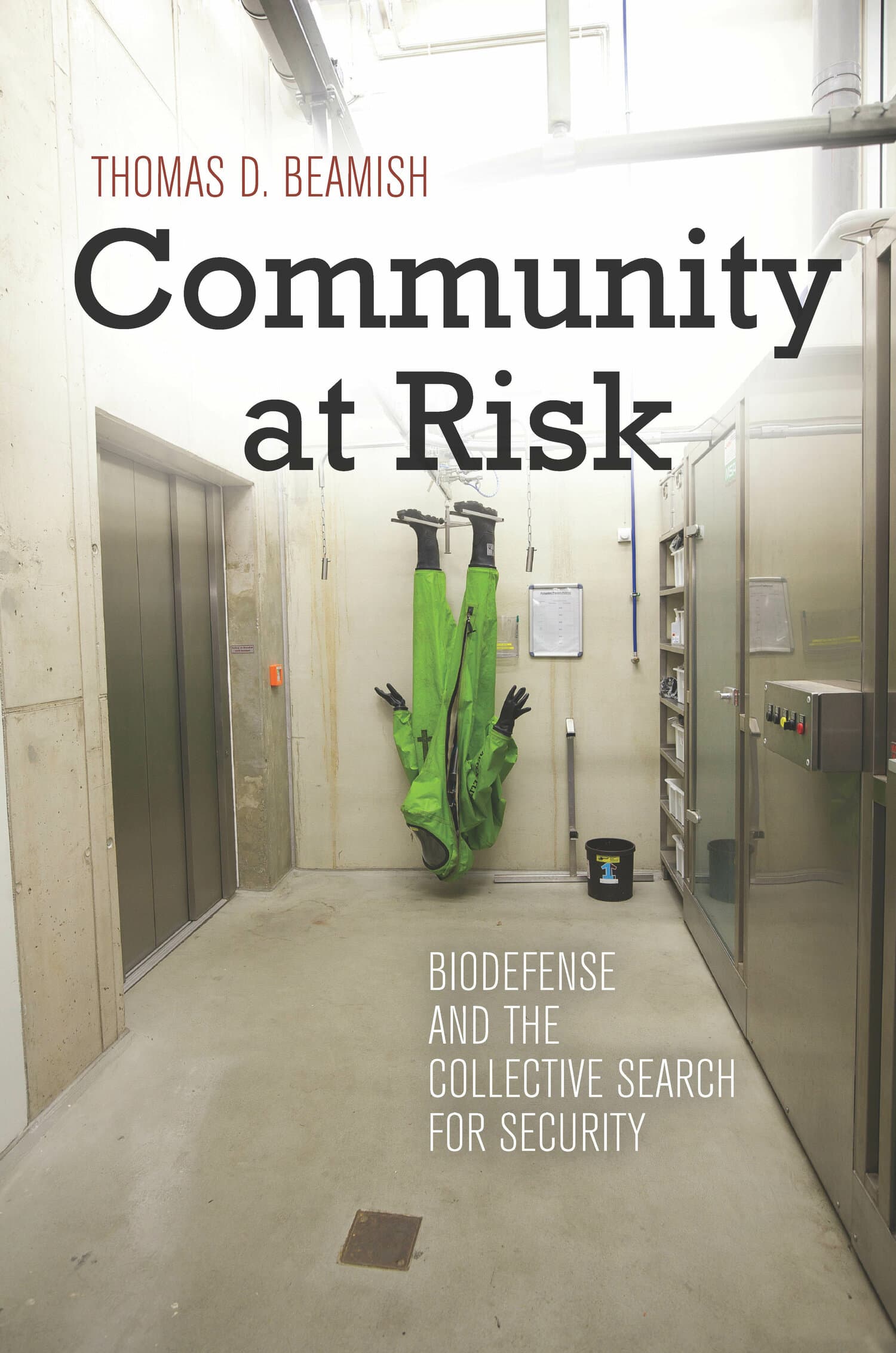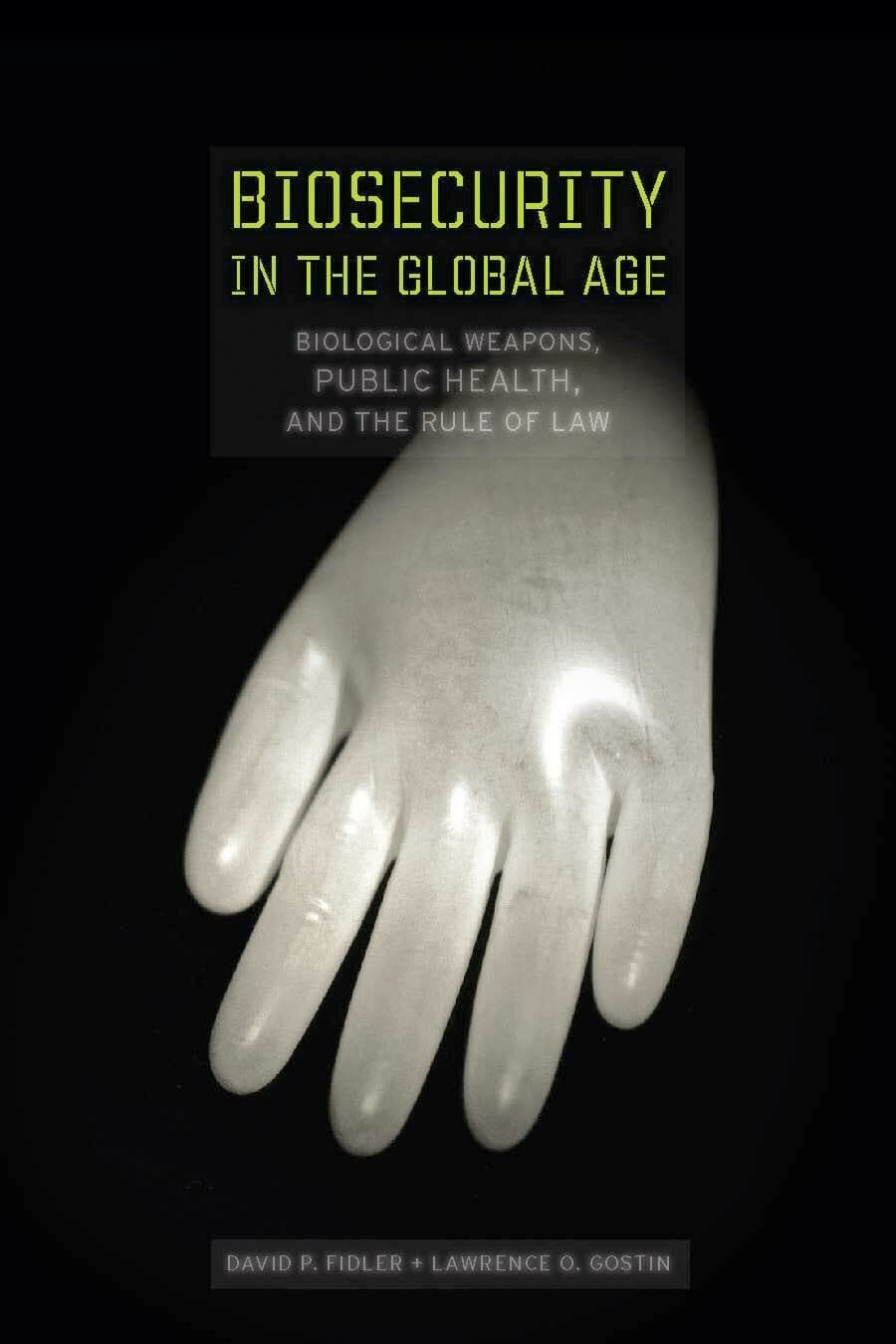Community at Risk

In 2001, following the events of September 11 and the Anthrax attacks, the United States government began an aggressive campaign to secure the nation against biological catastrophe. Its agenda included building National Biocontainment Laboratories (NBLs), secure facilities intended for research on biodefense applications, at participating universities around the country. In Community at Risk, Thomas D. Beamish examines the civic response to local universities' plans to develop NBLs in three communities: Roxbury, MA; Davis, CA; and Galveston, TX. At a time when the country's anxiety over its security had peaked, reactions to the biolabs ranged from vocal public opposition to acceptance and embrace. He argues that these divergent responses can be accounted for by the civic conventions, relations, and virtues specific to each locale. Together, these elements clustered, providing a foundation for public dialogue. In contrast to conventional micro- and macro-level accounts of how risk is perceived and managed, Beamish's analysis of each case reveals the pivotal role played by meso-level contexts and political dynamics. Community at Risk provides a new framework for understanding risk disputes and their prevalence in American civic life.
"Community at Risk shows how civic politics matter and shape what is locally considered to be acceptable. Beamish does a masterful job of interpreting his interviews and of providing insights into how communities confront risky plans, programs, and developments. This is an important book."—Lee Clarke, Rutgers University and author of Acceptable Risk?, Mission Improbable, and Worst Cases
"By studying three community responses to a federal biodefense plan, Beamish gets beyond the limitations of a single methodological approach. The genius of this study is on full display throughout the volume as he skillfully takes the reader into diverse local domains. This book sheds light on the fact that public concerns about risk are far more heterogeneous than we've previously thought, while revealing how 'soft power' motivates and constrains citizens in highly consequential ways."—David Naguib Pellow, University of Minnesota, author of Resisting Global Toxics and co-author of The Slums of Aspen
"Beamish breaks new ground in his comparative study, moving beyond individual risk perception and static group membership and structures, to community-level analysis. His rich understanding of civic domains, discourse, relations, and virtues will help us analyze future health and environmental hazards. Community at Risk blends environmental sociology, cultural sociology, and sociology of risk in a thoughtful and fruitful way."—Phil Brown, Northeastern University
"Communities at Risk is a very well-researched and persuasive book. It fills a niche in the study of risk management that is underexplored, and provides a nuanced accounting of how and why communities view and respond to university proposals to build NBL facilities."—Kymberly MacNeal, H-War, H-Net Reviews



